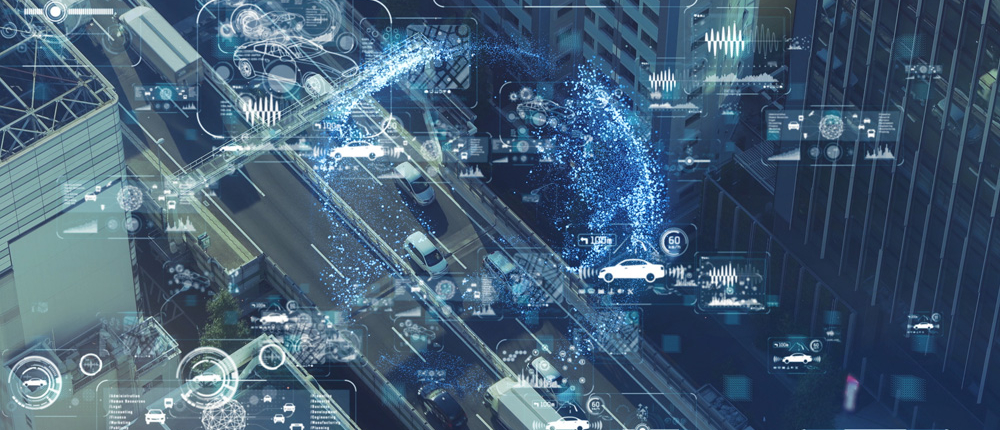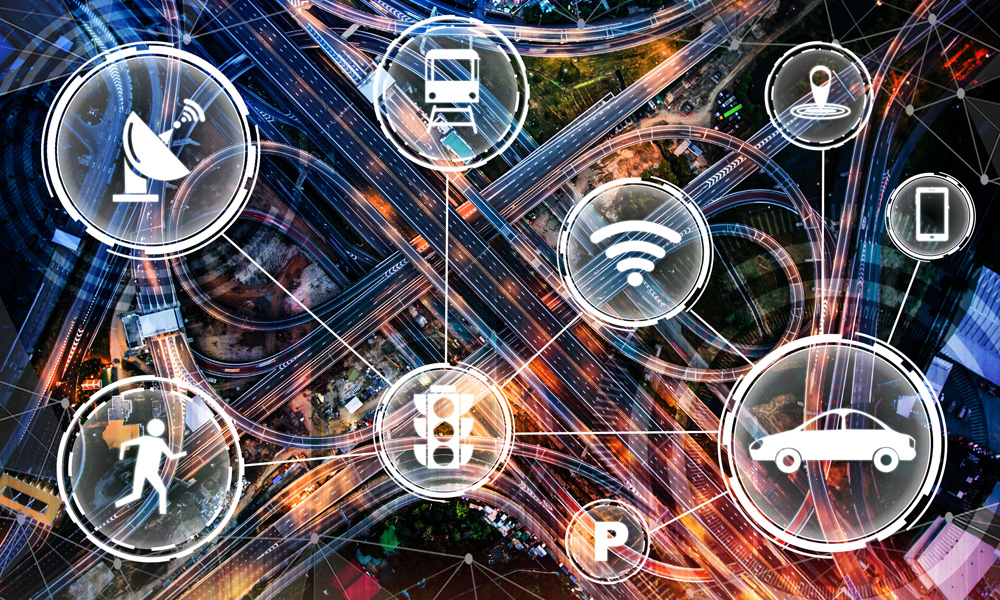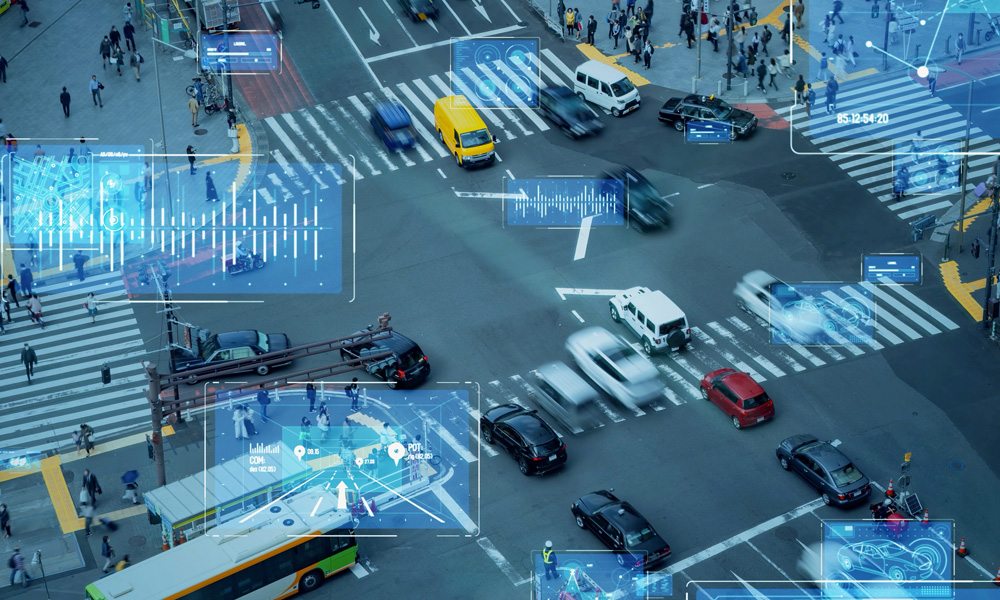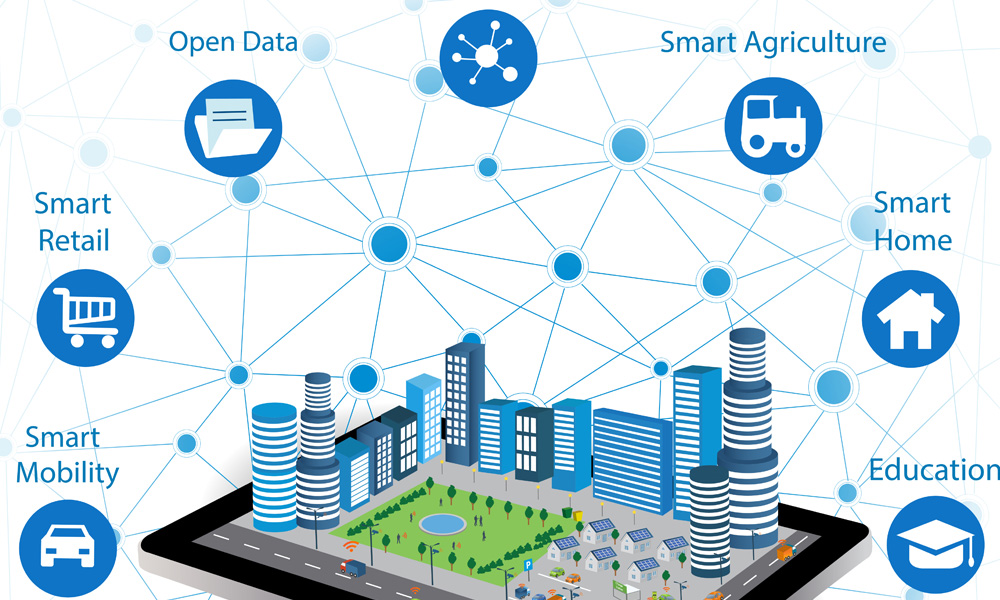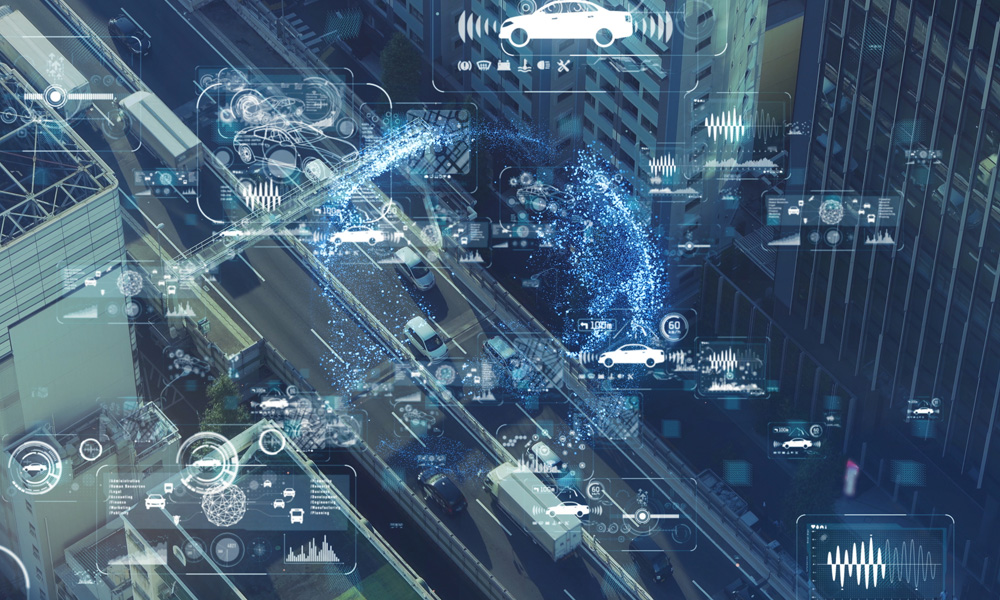Smart City
Smart cities can help promote the sustainable development of cities, achieve a good balance between development and environmental protection, and create a “smart environment”. In urban planning, through the Internet and remote monitoring technology, the government can fully grasp and analyze data such as the extent of urban weather conditions and resource utilization and road traffic conditions, so as to adjust and make good use of community resources to achieve energy conservation and emission reduction. Reduce the “environmental footprint” and improve environmental sustainability.
Public transport management and monitoring and electronic road pricing systems can be applied to areas with heavy traffic, helping to improve and alleviate road congestion problems, and implement “Smart Mobility”. Public transportation management and monitoring can provide real-time data to car owners to prevent car owners from driving their vehicles into congested roads, and improve the efficiency of urban transportation. The electronic road pricing system is based on the user pays principle to reduce unnecessary traffic demand, thereby improving regional traffic congestion and air quality.
The smart city concept integrates information and communication technology (ICT), and various physical devices connected to the IoT (Internet of things) network to optimize the efficiency of city operations and services and connect to citizens.
Smart city technology allows city officials to interact directly with both community and city infrastructure and to monitor what is happening in the city and how the city is evolving. ICT is used to enhance quality, performance and interactivity of urban services, to reduce costs and resource consumption and to increase contact between citizens and government. Smart city applications are developed to manage urban flows and allow for real-time responses. A smart city may therefore be more prepared to respond to challenges than one with a simple “transactional” relationship with its citizens.

